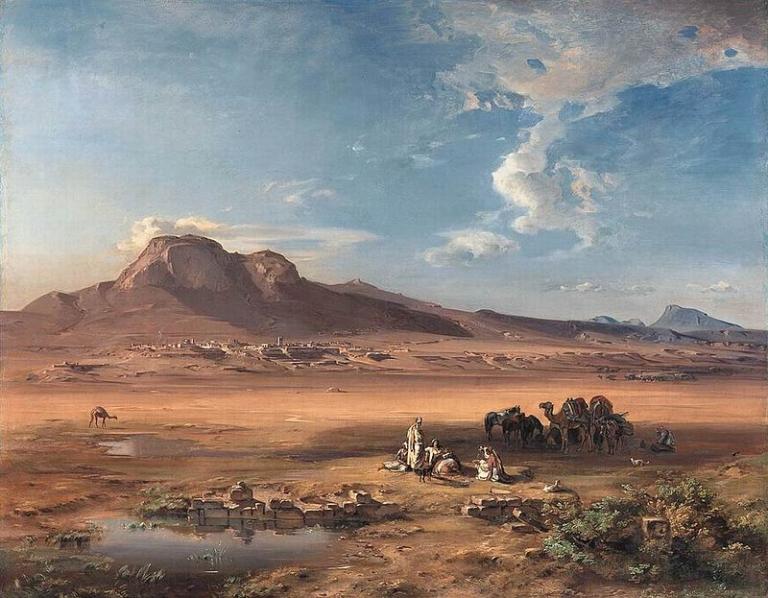
Compare Luke 5:1-11
The curious comment in John 21:12 (“Now none of the disciples dared ask him, ‘Who are you?’ They knew it was the Lord.”) suggests, again, that Jesus’ appearance in his resurrected state was slightly altered from his mortal appearance.

Public Domain, via Wikimedia Commons
It’s often forgotten that there’s another early Old World witness to the Resurrection of Christ, quite independent from the accounts given by the four gospels: some of the early verses of chapter fifteen in Paul’s first letter to the Corinthians. (Notice, for example, that Paul’s text omits mention of the women at the tomb — and, indeed, of any women at all. Perhaps the omission can be explained by the fact that Paul was a Pharisee — effectively an ancient Jewish lawyer — and that women’s testimony was of little if any value in his world.)
The letter probably dates to between AD 53 and AD 57, which puts it well within twenty five years of the Resurrection, and possibly within twenty. Moreover, it claims to be discussing material that Paul had taught to the Corinthians earlier, and that he himself had received much earlier still. We’re getting fairly close, therefore, to the actual event.
Paul is actually calling, as he says, on still-living witnesses. There is little room here for creative, fact-free myth-building or for the very gradual emergence of folk-legends.

Wikimedia Commons public domain image
1.
The gospel of Matthew ends with the so-called “Great Commission”: “Go therefore and make disciples of all nations, baptizing them in the name of the Father and of the Son and of the Holy Spirit, teaching them to observe all that I have commanded you; and lo, I am with you always, to the close of the age.”
The emphasis is on worldwide proselytizing (check!) and on preaching obedience to Christ’s commandments (check!). Not a whiff of salvation by grace alone.
2.
The gospel of Mark has occasioned some considerable debate at this point, because the surviving manuscripts contain two different endings. The “shorter ending,” which follows immediately upon the familiar Mark 16:1-8, reads as follows: “But they reported briefly to Peter and those with him all that they had been told. And after this, Jesus himself sent out by means of them, from east to west, the sacred and imperishable proclamation of eternal salvation.”
The “longer ending,” however — which is the familiar ending that’s contained in the LDS version and essentially all other versions of the New Testament — contains another form of the “great commission,” as well as accounts of several post-resurrection appearances by the Lord.
3.
The gospel of Luke concludes with a brief description of Christ’s ascension, but it also alludes to something like the “great commission.”
4.
The gospel of John, as I’ve recently observed, closes with a candid admission that it has omitted many things that could have been said about Jesus. However, it explains that there has been a conscious principle of selection at work: “Now Jesus did many other signs in the presence of his disciples, which are not written in this book; but these are written that you may believe that Jesus is the Christ, the Son of God, and that believing you may have life in his name.”
In other words, John doesn’t claim to be writing a modern academic biography. He’s writing “faithful history.” And the same can surely be said of the other gospel writers, as well. Their coverage of Jesus’ childhood, youth, and early manhood is, at best, sparse. They never tell us what he looked like nor how he dressed. They say nothing of his early education. They fail to tell us many of the things that a modern biographer would want to know. In this regard, the Joseph Smith Translation’s labeling of the four gospels as “The Testimony of Matthew,” “The Testimony of Mark,” “The Testimony of Luke,” and “The Testimony of John” seems to me profoundly insightful.
Posted from Jerusalem, Israel










